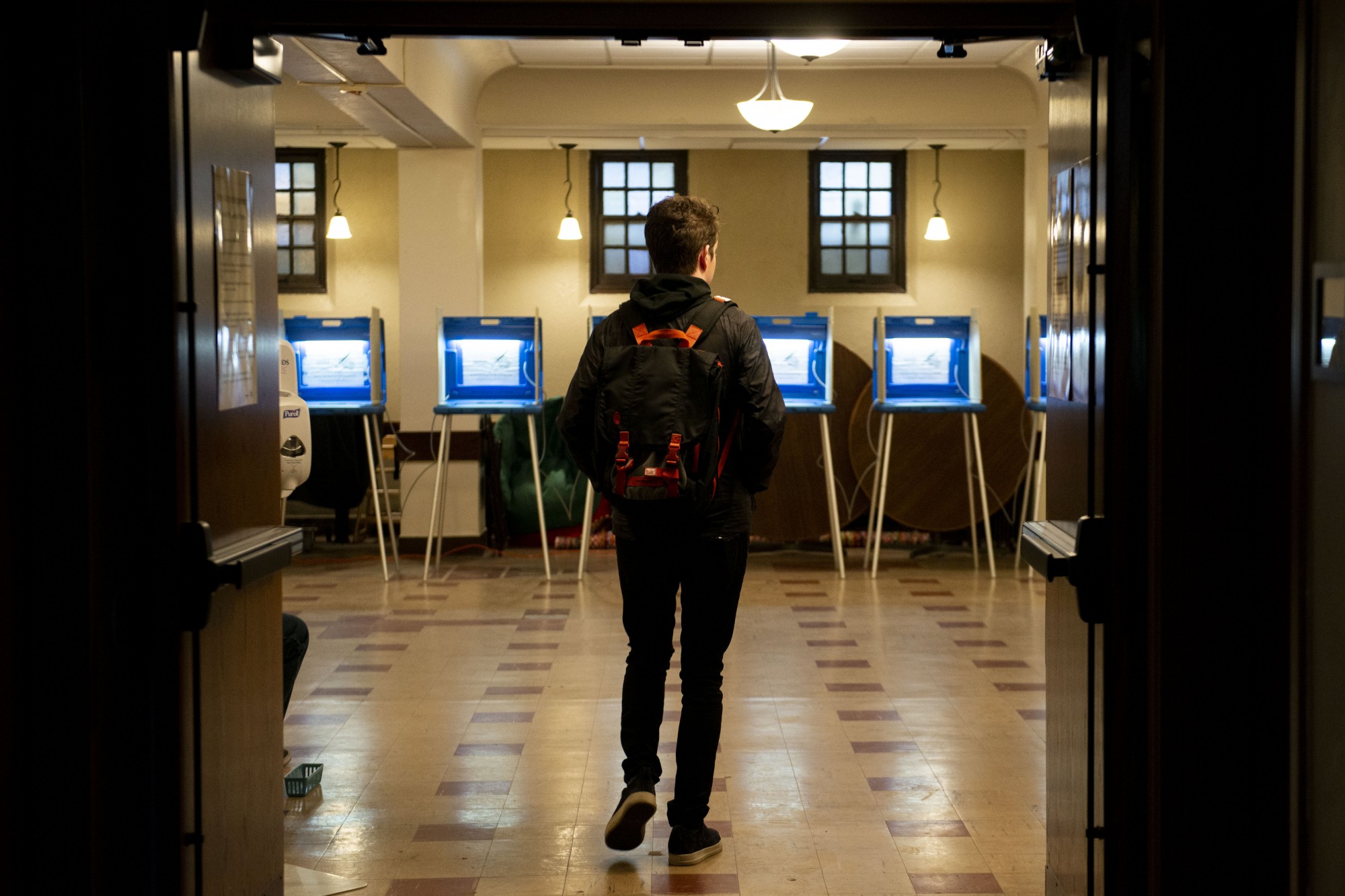After switching from a caucus to a primary election, Super Tuesday in Minnesota brought out more University-area voters, who experts say could turn the tides in November.
This was the first year in decades when the state participated in a presidential primary process, which many experts say is a sure way to bring out more voters. Turnout in the University of Minnesota area’s Senate District more than doubled.
This year’s primary drew about 27,000 total Democratic voters in Northeast and Southeast Minneapolis compared to about 13,000 caucus goers for that same area in 2016. This year around the University, more than 14,000 supported Sen. Bernie Sanders and about 4,900 cast their ballots for former Vice President Joe Biden. In 2016, Sanders was overwhelmingly favored over Hillary Clinton, pulling in 10,000 voters in the area.
Primaries give voters the opportunity to hit the polls on their own time or participate through mail-in and absentee methods. Caucuses require a greater time investment in a lengthy voting, tallying and discussion process.
Third-year chemistry major Meghan Cahill, community adviser in the Honors First Year LLC of Middlebrook Hall at the University, organized for more than a month to get residents in her building to vote. She also plans to keep pushing young people to cast their ballots into general election season.
Cahill helps students understand the voting and registration process in Minnesota or whatever state they plan to vote in, which she said can be an uphill battle.
“Young people are the most impacted by elections,” Cahill said. “We’re the ones who have to live with the outcomes of this longer so it makes absolutely no sense that we’re not voting.”
Voters under the age of 40, Generation Z and millennials, could comprise 37% of the electorate across the country, outsizing Baby Boomers as a voting block for the first time, according to a report by Pew Research Center.
In House District 60B, which includes Southeast Como, Cedar-Riverside, Marcy-Holmes, Prospect Park and the University of Minnesota, more than 13,000 Democratic voters cast their ballots on Super Tuesday.
The University had the highest voter turnout of all large U.S. colleges in 2018 and Minnesota led the country in youth turnout, thanks in part due to government and local outreach efforts, said Larry Jacobs, director of the Center for the Study of Politics and Governance in the Humphrey School of Public Affairs.
“I think [University student turnout] will make a big difference,” Jacobs said. “It’s the only way that the Democrat [presidential nominee] can win in Minnesota.”
Although Sanders won the University-area precincts, Biden won the state and holds a commanding lead across the country. Since Sanders saw momentum early on in the primaries, Hamline political science professor David Schultz said some voters may have felt less urgency to turn out for Sanders.
Schultz said Biden’s “return to normal” campaign might not resonate with young voters who are new to politics and who see regular headlines about college debt and wealth inequality. He said this could make it difficult to coalesce energy around Biden in the general election if he becomes the Democratic nominee.
“I hope that we have a candidate that excites us and just makes us want to mobilize,” said Anna Keltto, a member of the Students for Bernie executive board and University senior in sociology.
Keltto said they will promote the Democratic candidate no matter what, but they may focus more energy on local elections depending on the nominee.








